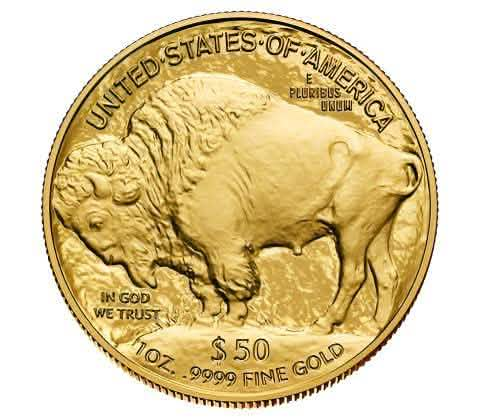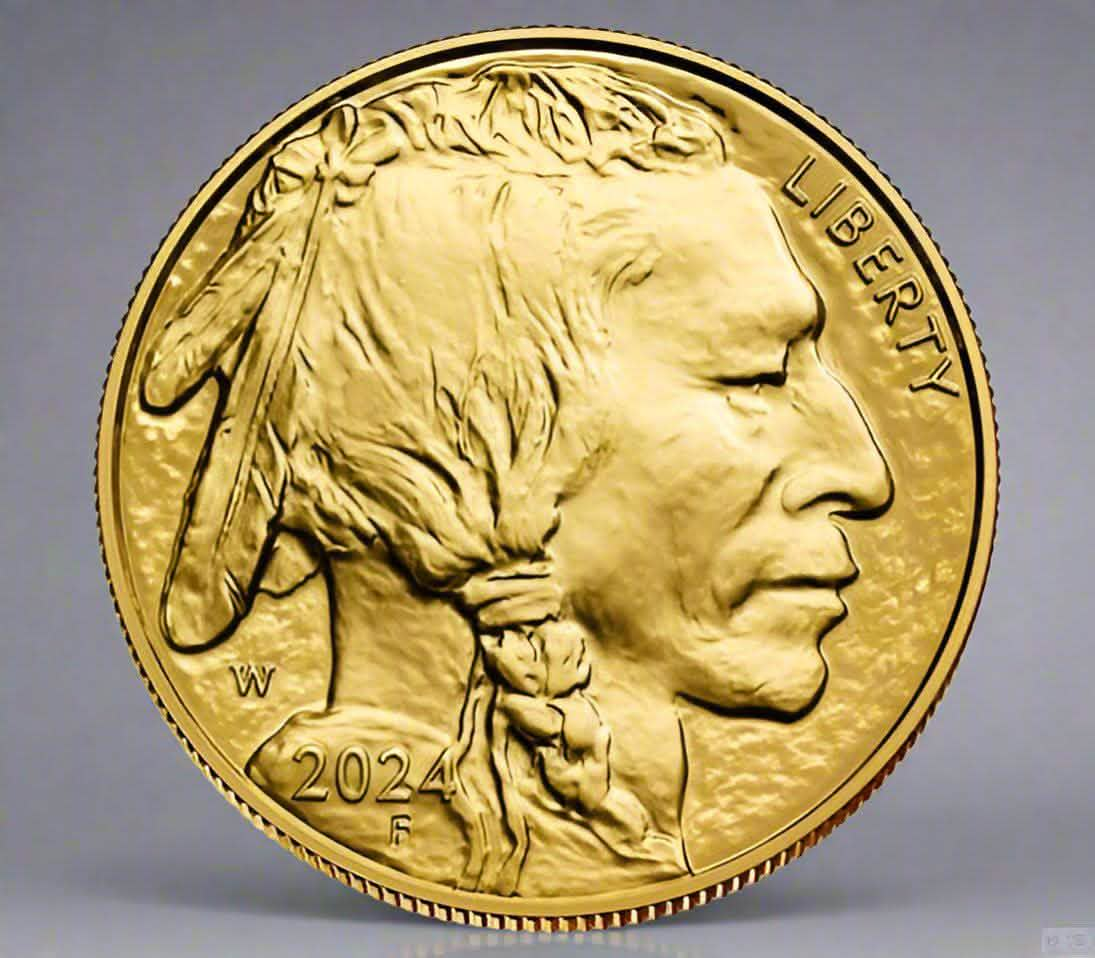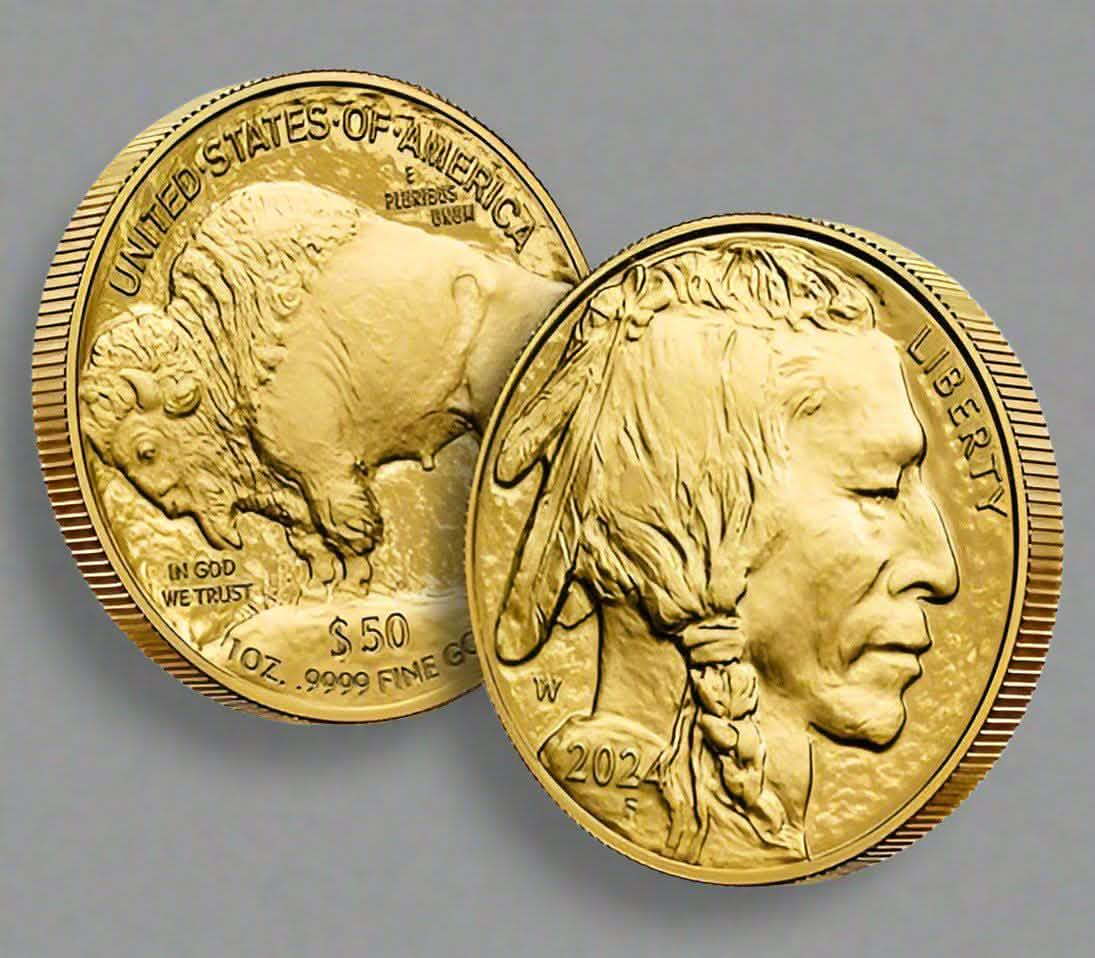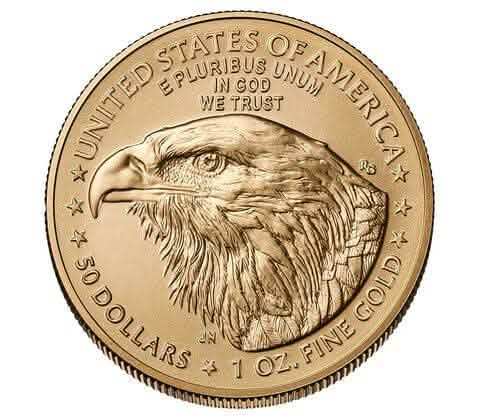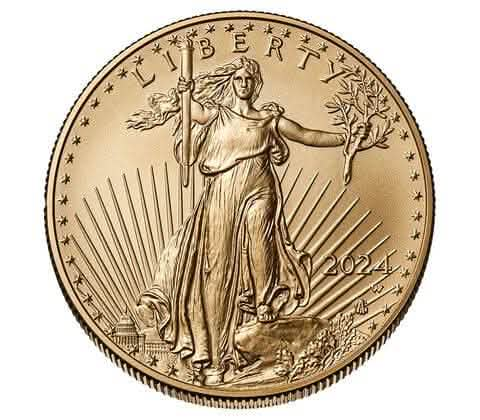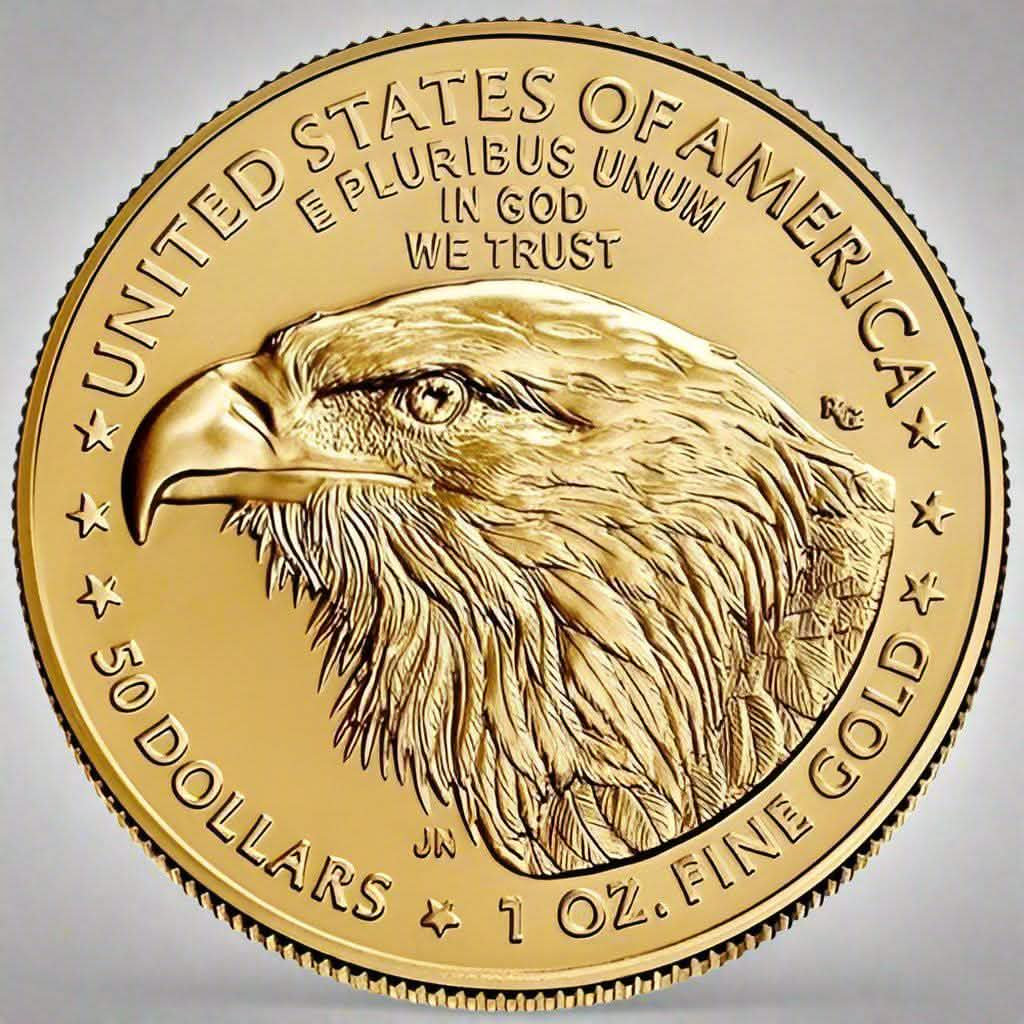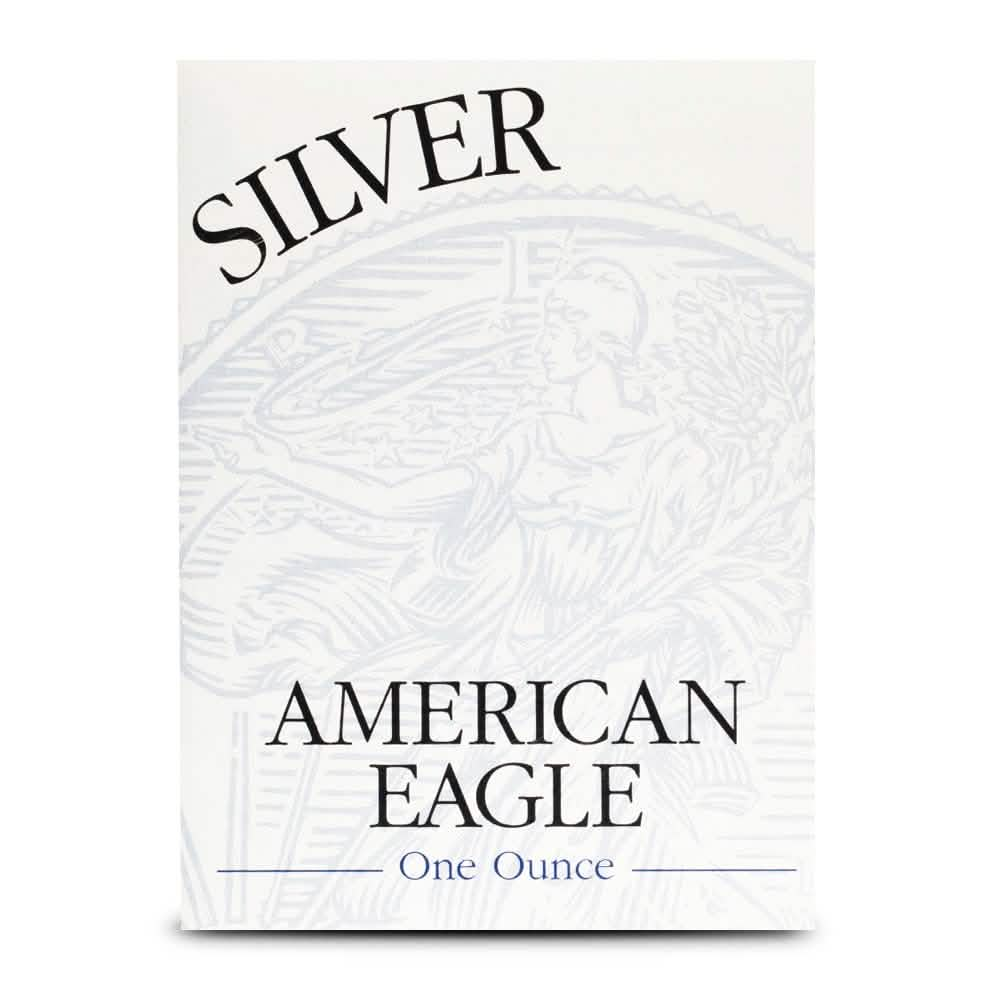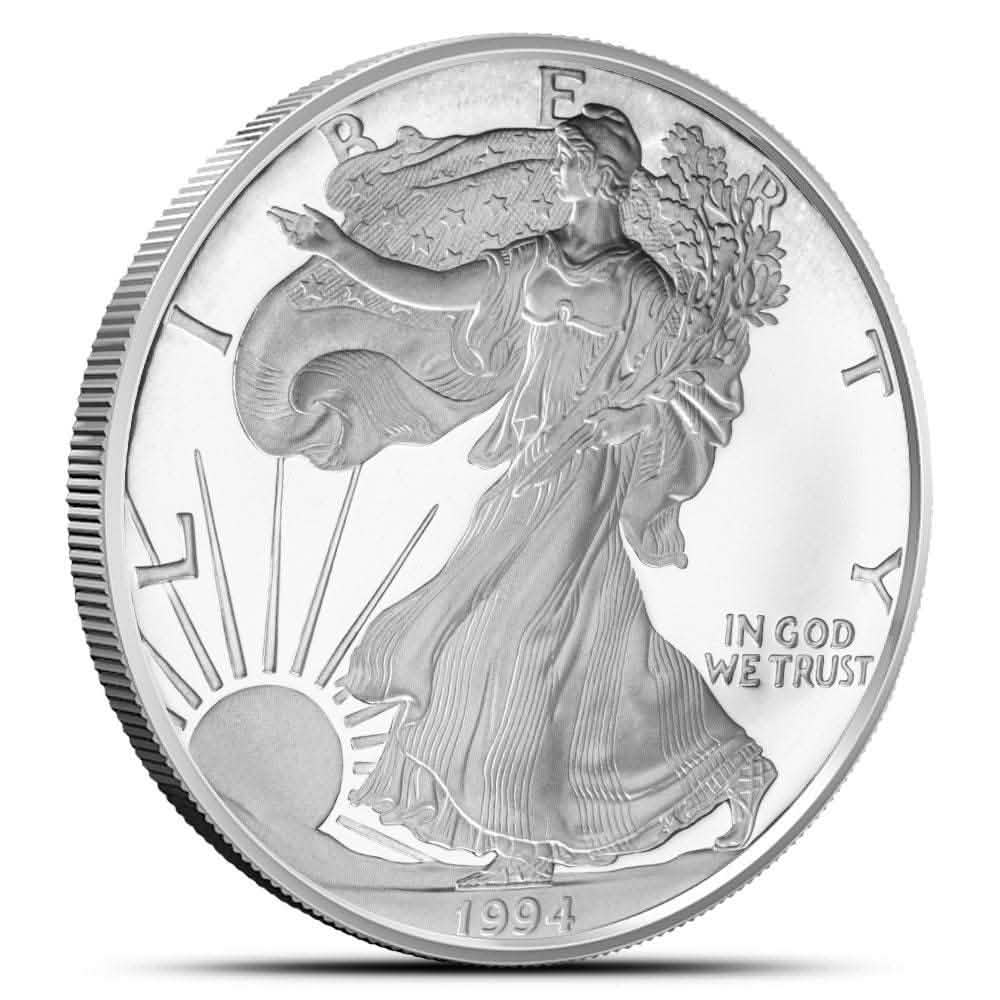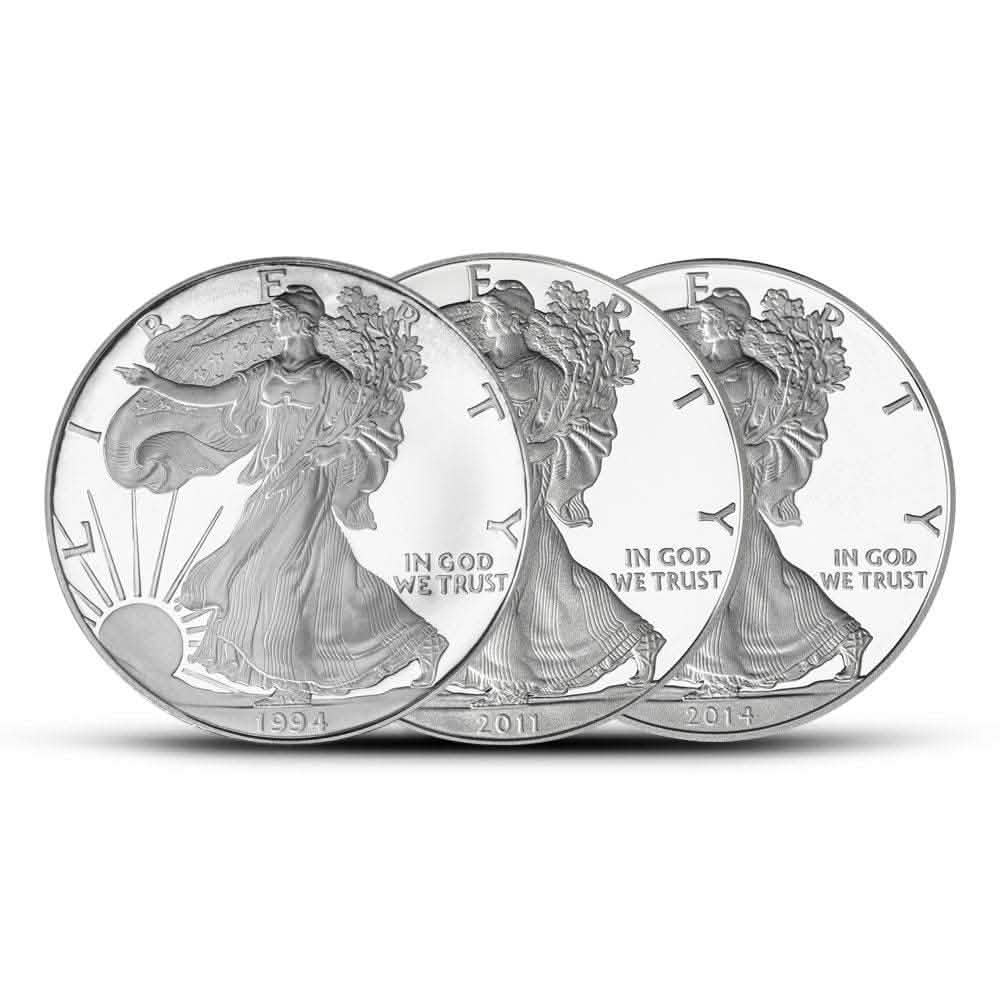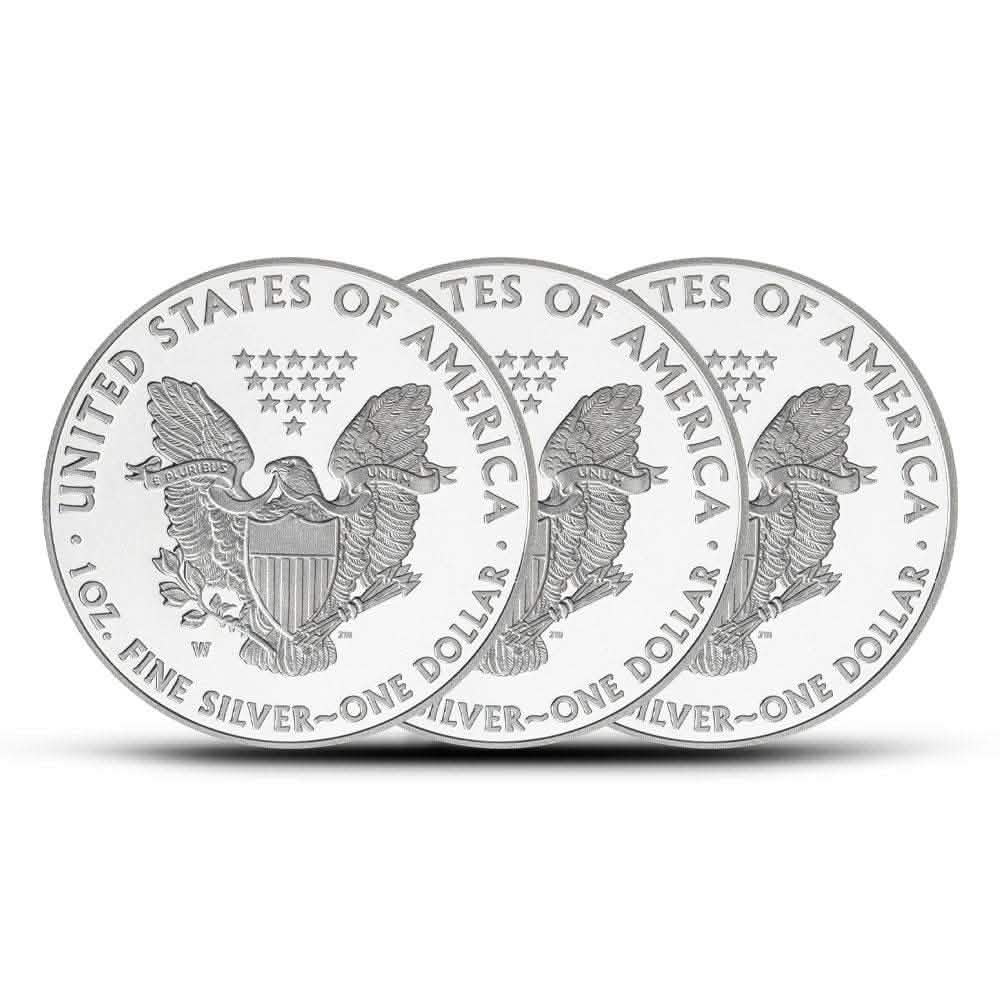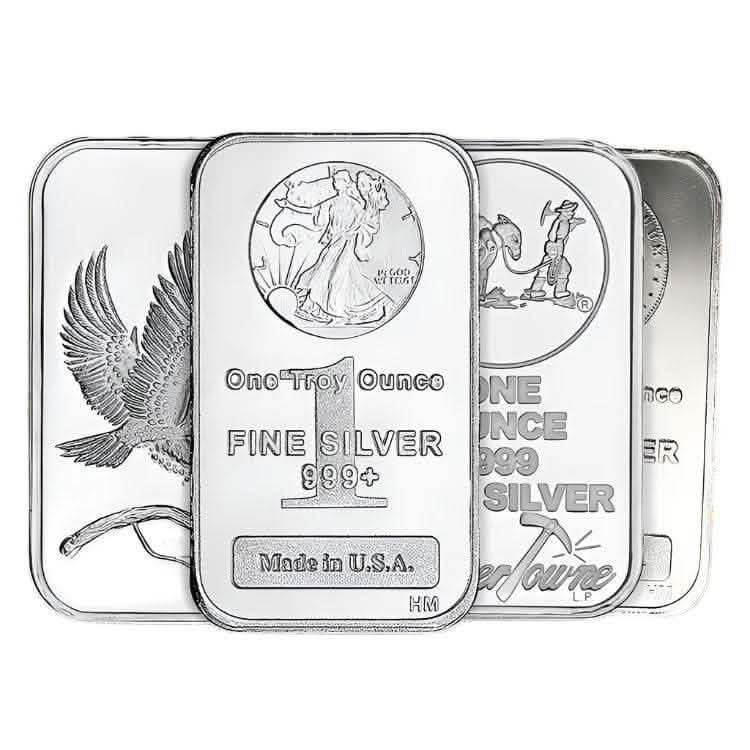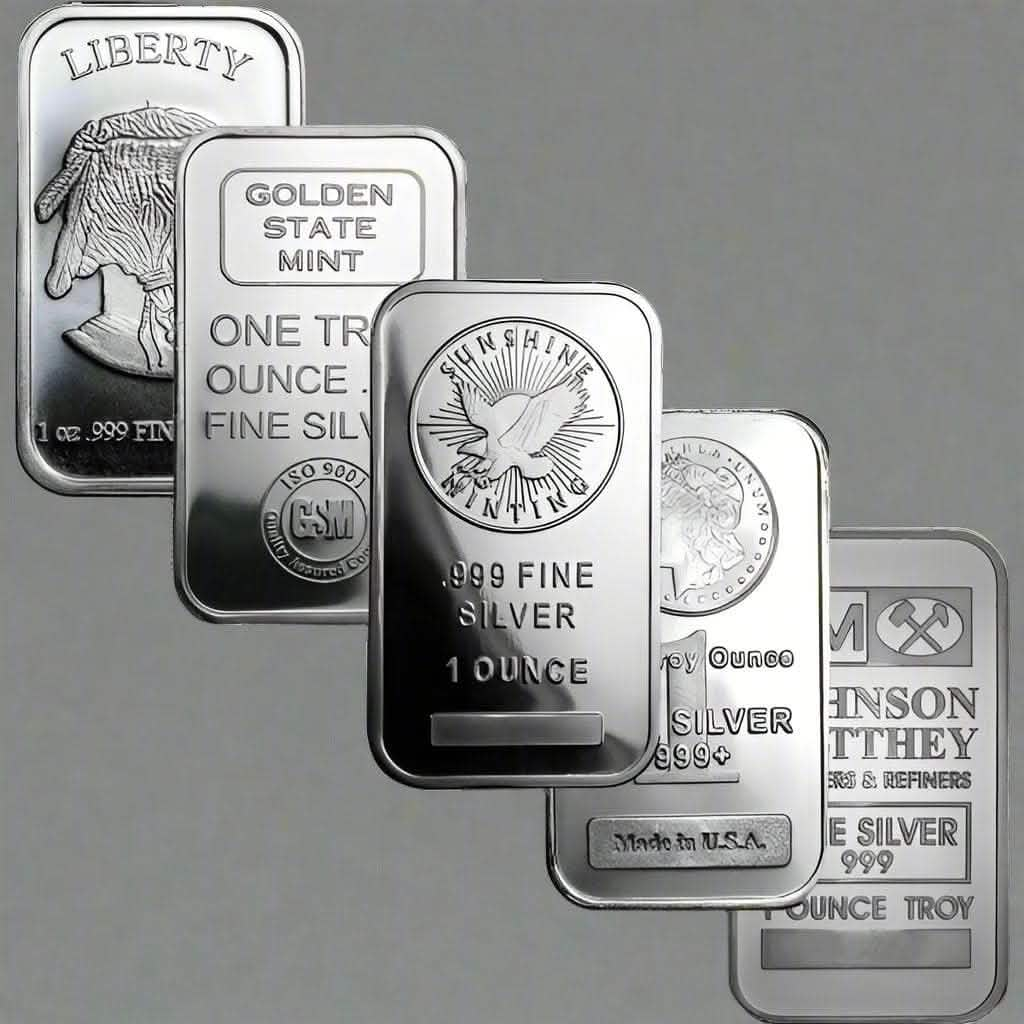Gold is uniquely positioned as a financial asset, cultural symbol, and enduring measure of wealth. Across centuries, civilizations have revered gold for its aesthetic appeal and value as a medium of exchange and a hedge against financial uncertainty. From ancient treasure hordes to modern investment portfolios, gold has remained a constant in the volatile finance landscape.
But how high has gold soared in value? What events led to its peaks, and what do they tell us about the future potential of investing in gold? This post will explore the history of gold prices, uncover the highest value gold has achieved, and provide actionable insights for investors seeking to safeguard their portfolios.
The Allure of Gold Through History
Gold is often referred to as the "ultimate haven." Why? It transcends currencies, markets, and borders, immutably representing wealth. Its significance dates back thousands of years, with civilizations like the Egyptians and the Romans valuing gold as a representation of power, beauty, and stability. Today, gold continues to act as a reliable store of value in times of economic turbulence.
“Gold is a hedge against economic uncertainty, and it's a hedge against the fallibility of human institutions,” remarked Alan Greenspan, former Chairman of the Federal Reserve. This insight into gold's value explains its enduring importance, especially during global crises.
What Drives Gold Prices?
While gold remains a stable asset for many, its price is anything but static. Multiple factors contribute to changes in gold prices, including:
- Economic Uncertainty
Gold frequently experiences price spikes during financial crises and geopolitical instability. As a safe investment, investors flock to gold when trust in fiat currencies or global systems wanes.
- Inflation and Currency Value
Gold prices often move inversely to the value of fiat currencies like the US Dollar, making it a popular hedge against inflation.
- Interest Rate Movements
Gold does not yield interest, so investors often move away from gold to assets with better returns when interest rates are high. Conversely, low or hostile interest rate environments tend to push prices higher.
- Global Supply and Demand
Whether it's industrial use, jewelry consumption, or central bank purchases, demand for gold influences its market price, mining output, and exploration.
What Is the Highest Price Gold Has Ever Reached?
Gold reached its all-time high on August 7, 2020, when prices peaked at an impressive $2,075.47 per ounce. This marked the highest gold price in modern history, driven by global factors.
The Context Behind the 2020 Peak
The economic fallout from the COVID-19 pandemic played a significant role in pushing gold prices to their record levels. Several contributing factors included:
- Widespread uncertainty in the global economy, marked by GDP contractions worldwide.
- Central banks deploying unprecedented stimulus measures, causing concerns over fiat currency devaluation.
- Escalating international trade and geopolitical tensions, driving more investors toward safe-haven assets like gold.
These factors combined to fuel unprecedented demand for gold, making August 2020 a historic month for the precious metal.
A Look at Current Prices and Future Predictions
Today, gold prices hover just below their all-time high, trading between $1,900 and $2,000 per ounce, depending on market dynamics. Several experts predict gold may reach new records in coming years, driven by:
- Continued inflationary fears and currency devaluation.
- Economic uncertainty following geopolitical conflicts and climate-related disruptions.
- Growing central bank demand for gold as reserves.
However, predictions vary, and the dynamic nature of global markets underscores that past performance does not guarantee future outcomes.
What Gold's Price History Can Teach Investors
For investors, both historical and current gold prices offer key lessons:
- Gold is an Effective Hedge:
Gold's price patterns reinforce its role as a hedge against economic uncertainty and inflation.
- Market Timing is Crucial:
While gold generally trends upward long-term, buying during price dips and holding through periods of economic instability often yields maximized returns.
- Diversify, Don’t Overconcentrate:
Experts recommend keeping gold investments to 5-10% of total portfolios to maintain balanced risk exposure and return potential.
Ray Dalio, the founder of Bridgewater Associates, has famously said, “Gold is a great thing to have... its value is in being uncorrelated to other assets.” This strategy ensures that a downturn in traditional markets doesn't simultaneously impact gold holdings.
Takeaways for Gold Investors
Gold’s track record as a haven has been highlighted time and time again through economic crises and uncertain times. For modern investors, understanding its historical highs and the forces shaping today's market is critical for preserving and potentially growing wealth.
If you're considering adding gold to your investment portfolio, remember to:
- Monitor economic indicators such as inflation rates, interest rate changes, and geopolitical developments.
- Balance your portfolio, diversifying across asset types for long-term resilience.
- Stay informed about evolving gold market trends.
Whether you're a seasoned investor or just beginning to explore gold's potential, digging into past price trends and market dynamics is always a wise first step.
Invest Against Uncertainty with Gold
Gold continues to be a critical asset, trusted by investors worldwide to weather the ups and downs of economic cycles, by learning from history and understanding how global trends impact prices, you can make informed decisions to safeguard your financial future.
If you're ready to explore more strategies for investing in gold, visit the World Gold Council or consult an experienced financial advisor today.
